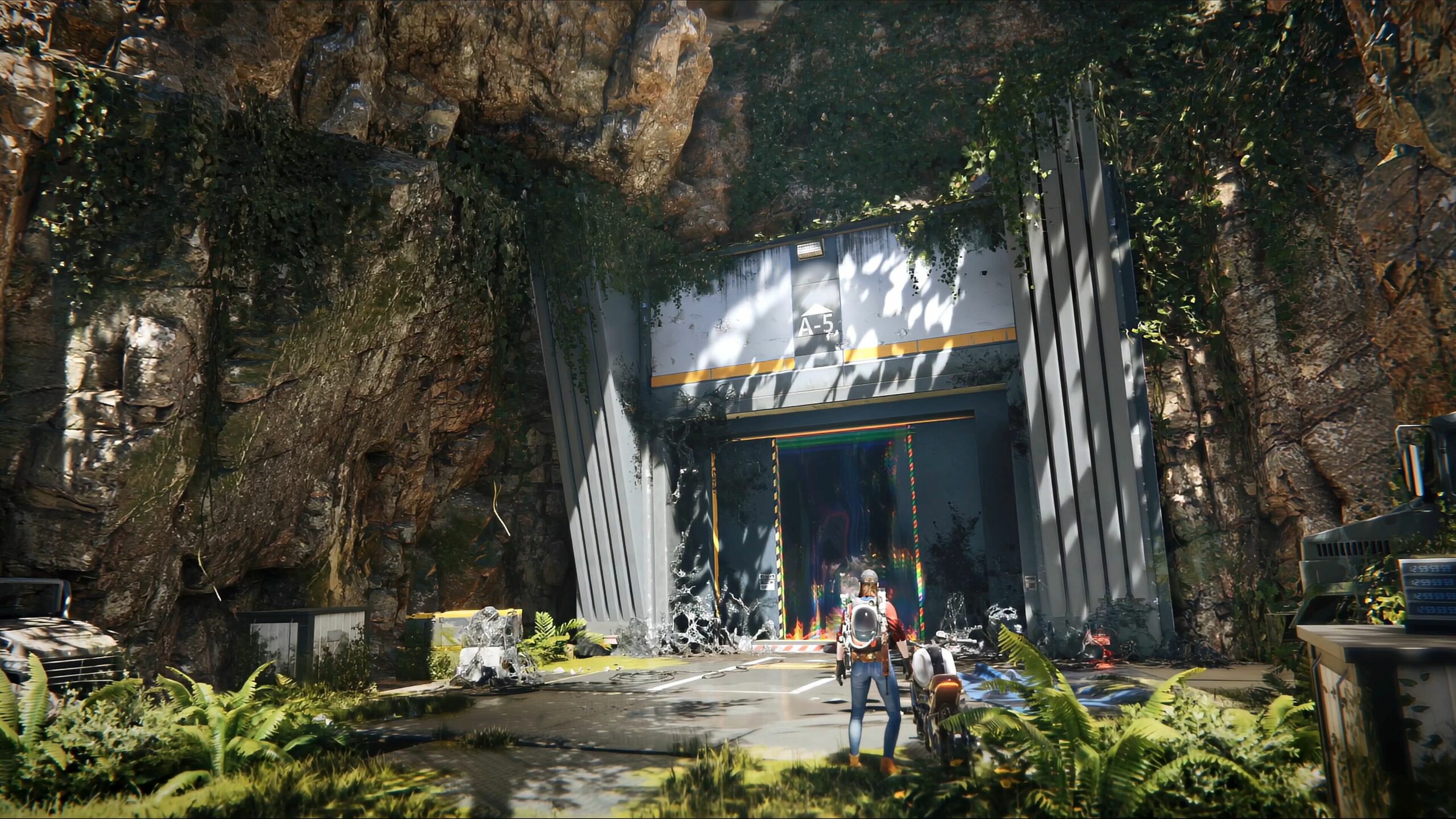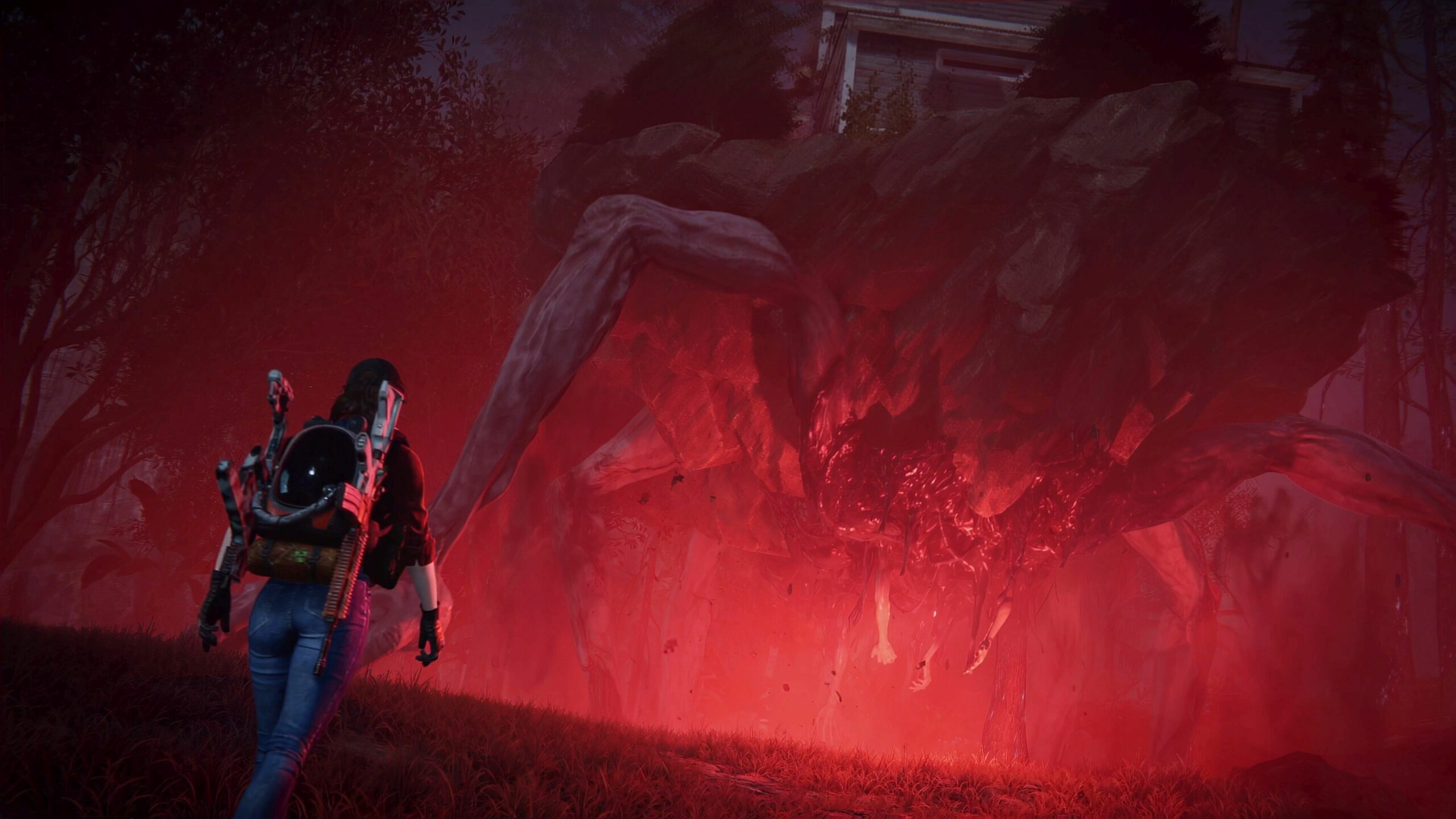Once Human Review
Games that take a multi-genre approach to design have at least two challenges. First, the components have to make sense together. Second, the hybrid mash-up still needs a strong identity. It can’t be “jack-of-all-trades, master of none.” Luckily, Once Human solves these problems in a satisfying and engaging way. It might still be an amalgam of other genres, but it works.
Once Human is supported by three main components. It’s an open-world MMORPG, a survival crafting game, and an action RPG. It’s certainly not the first game to try cooking the recipe, but it brings a lot of depth to each ingredient.
Hey, There’s Stardust All Over Everything
Once Human’s tutorial prologue does an adequate job of introducing the game’s fundamentals. Narratively, it’s a bit messy, full of jargon, and a bit confusing. Basically, Once Human is set in a post-apocalyptic future where an alien force called Stardust has corrupted everything, from humans to plants and animals. You play as a Meta-Human, a hero type that has been genetically engineered to tolerate the effects of Stardust and even use it to advantage.
You pick a small plot of unclaimed land, harvest some basic materials, build some fundamental tools and the game loops kick in. As in all crafting games, nearly everything you make comes from other components you also have to make, find, or fight for. Once Human does a pretty good job of threading the needle in its crafting mechanics. They’re streamlined and accessible, but not dumbed down. You never wonder why they’re in the game, nor frustrated by having to do them.

Part of this is because resource gathering and crafting are closely aligned with the story and exploration. You’re sent to scavenge some junk from a nearby camp. In doing so, you meet an NPC who guides you to a larger settlement. This unlocks new elements of the story, new NPCs, new quests, and better gear. While there’s a pretty clear progression in Once Human, you quickly learn that there’s also a lot of freedom in exploring each new zone. Only a few days out from launch, some players are focusing on a Sims-like approach and eschewing combat altogether.
Once Human’s Beating Heart
Once Human’s impressively large map is divided into six regions. In addition to a wealth of monsters and corrupted humans, each region has smaller settlements, camps, and a larger hub to explore. There are instanced, dungeon-like areas and, as of now, three main bosses called Great Ones. While the topography and specific enemies change, the structural components of each zone are similar. It takes several hours to really get comfortable with all the game’s lingo and mechanics, but getting there is fun.
Some survival games are punishingly focused on satisfying a long list of needs. Once Human pares these down, and topping off things like hunger or thirst isn’t too intrusive. The game’s unique addition is Sanity, which comes from exposure to Stardust. It chips away at your HP and slows you down. Luckily, refilling the Sanity meter has the simple solution of resting back at base.

As we noted at the start, Once Human has a strong emphasis on combat. There are dozens of weapon blueprints to find. Additionally, weapons can be further customized with perks and upgrades. But none of that would matter if the combat didn’t feel good or wasn’t engaging. Overall, I really enjoyed combat and the range of weapon types. My biggest complaint about the game’s action, combat, and movement is that it’s mouse and keyboard only. There’s not even partial controller support. I’m hoping it gets added soon.
Lots to Look At, Lots to Do
Once Human’s visuals and art design range from excellent — creature and boss design are standouts — to passable. The character creator is thorough, but in-game, human characters are pretty deep in the uncanny valley. They’re not helped by some pretty generic-sounding voice acting when it happens. A lot of NPC dialogue is text-only.
Despite a lot of pre-launch buzz and excitement, there has been some understandable controversy around Once Human’s EULA and the potential for some over-the-top data mining. There’s also been some player pushback, and a developer about-face, over whether cash-shop-purchased cosmetic items would carry over from one game season to the next.

On a very beefy PC, I ran into minutes-long initial load times, some crashes, and typical open-world levels of pop-in and other graphical glitches. In other words, Once Human still has some rough edges.
Overall, Once Human’s blend of action, survival/crafting, and MMORPG-like mission design kept me entertained and happily occupied. While some of the more challenging enemies are designed around multiplayer teamwork, the majority of the game’s content is solo player-friendly. Once Human can be approached and enjoyed in lots of ways. It needs some further refinement, but Once Human’s hybrid genre approach pays off.
***PC code provided by the publisher for review***
The Good
- Lots of stuff to do
- Can be enjoyed solo
- Fun combat and enemy design
- Can be played different ways
The Bad
- Needs optimization
- Long load times
- Obtuse narrative
- Maybe too many mechanics
- Bugs

